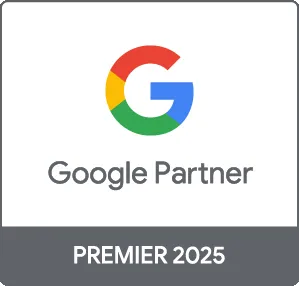Google Ads is a powerful platform for businesses looking to increase visibility and drive traffic. However, creating effective Google Ads campaigns requires strategic planning and optimization. In this comprehensive guide, we will explore the key elements that contribute to successful ad campaigns, ensuring you get the most out of your advertising budget.
Understanding Google Ads
Google Ads, formerly known as Google AdWords, is a pay-per-click (PPC) advertising service that enables businesses to display ads on Google's search results pages and other partner websites. Advertisers bid on keywords relevant to their business, and when users search for these keywords, their ads may appear.
1. Keyword Research: The Foundation of Success
Effective Google Ads campaigns start with in-depth keyword research. Here are some tips for identifying the right keywords:
- Use Google’s Keyword Planner: This tool helps you find keywords relevant to your business, along with data on search volume and competition.
- Focus on Long-Tail Keywords: Long-tail keywords are less competitive and often have higher conversion rates, as they cater to specific user intents.
- Analyze Competitors: Look at the keywords your competitors are targeting to find gaps and opportunities.
2. Crafting Compelling Ad Copy
Your ad copy plays a vital role in attracting clicks. Here’s what to consider when writing your ads:
- Include Your Target Keywords: This makes your ads more relevant to search queries and can improve your Quality Score.
- Create Urgency: Use phrases like "limited time offer" to encourage users to act quickly.
- Highlight Unique Selling Points: Clearly communicate what sets your product or service apart from the competition.
3. Targeting the Right Audience
Effective targeting ensures your ads reach the right people. Consider these targeting options:
- Demographics: Target by age, gender, and location to narrow down your audience.
- Interests: Use audience segments based on user interests and behaviors to connect with potential customers.
- Remarketing: Re-engage users who have previously interacted with your site to encourage conversions.
4. Optimizing Ad Performance
Once your ads are live, continuously monitoring and optimizing their performance is crucial. Here are some strategies:
- A/B Testing: Test different ad variations to determine which performs best.
- Adjust Bids: Increase bids on high-performing keywords and reduce bids on underperformers.
- Monitor Analytics: Use Google Ads analytics to track key performance indicators (KPIs) like click-through rate (CTR) and conversion rate.
5. Measuring Success with Google Ads
Understanding your return on investment (ROI) is essential for evaluating your campaign’s effectiveness. Key metrics to track include:
- Cost per Click (CPC): The amount you pay for each click on your ad.
- Conversion Rate: The percentage of users who take the desired action after clicking your ad.
- Quality Score: Google’s rating of the quality and relevance of your ads, keywords, and landing pages.
Conclusion
Creating effective Google Ads campaigns involves meticulous planning, compelling copy, targeted outreach, and ongoing optimization. By following the strategies outlined in this guide, you can enhance your ad performance and achieve better results. At Prebo Digital, we specialize in Google Ads management, helping businesses maximize their advertising potential. Ready to elevate your Google Ads campaigns? Contact us for a free consultation!





